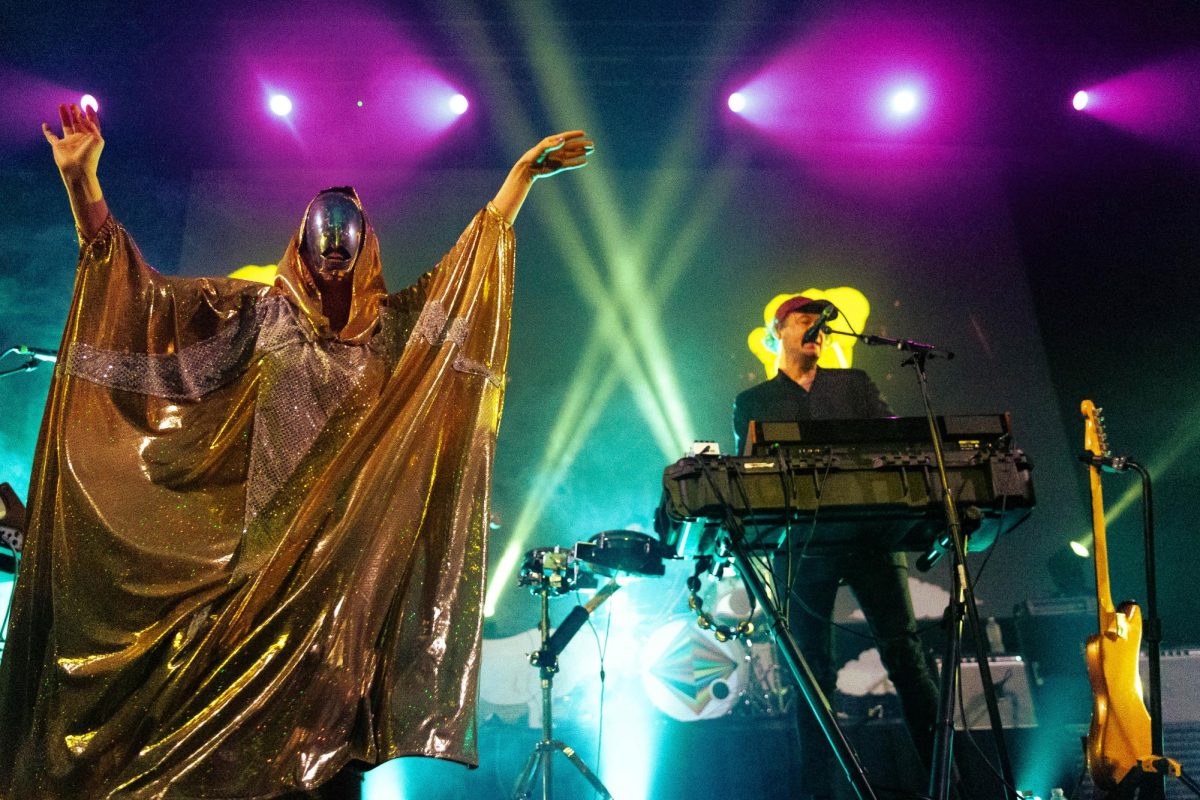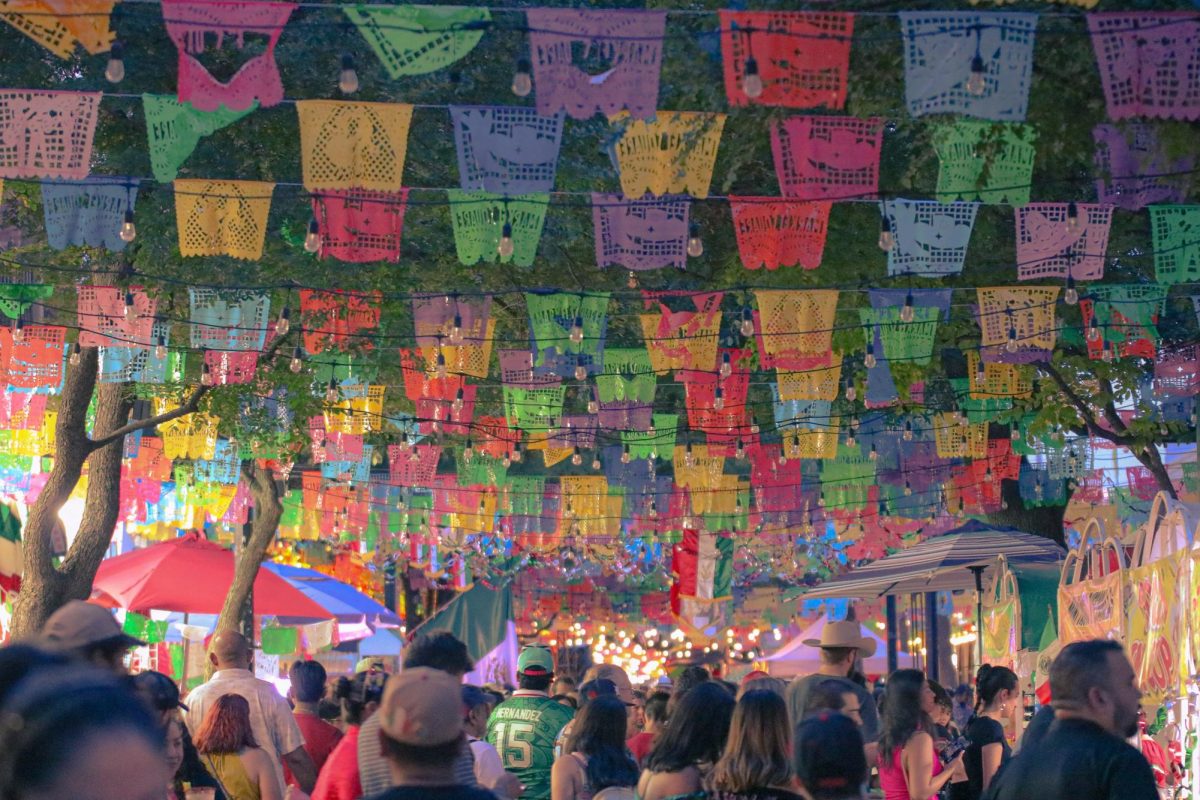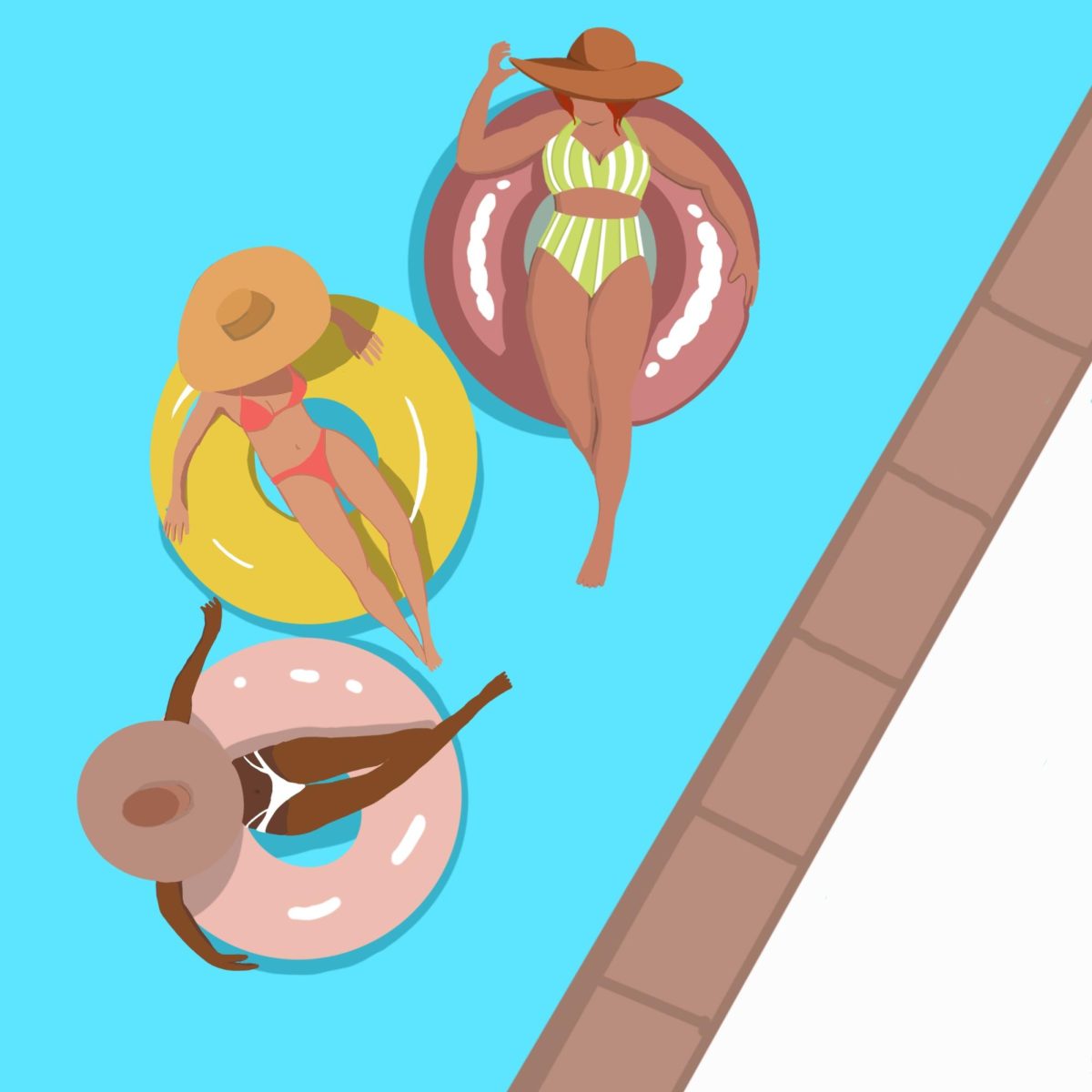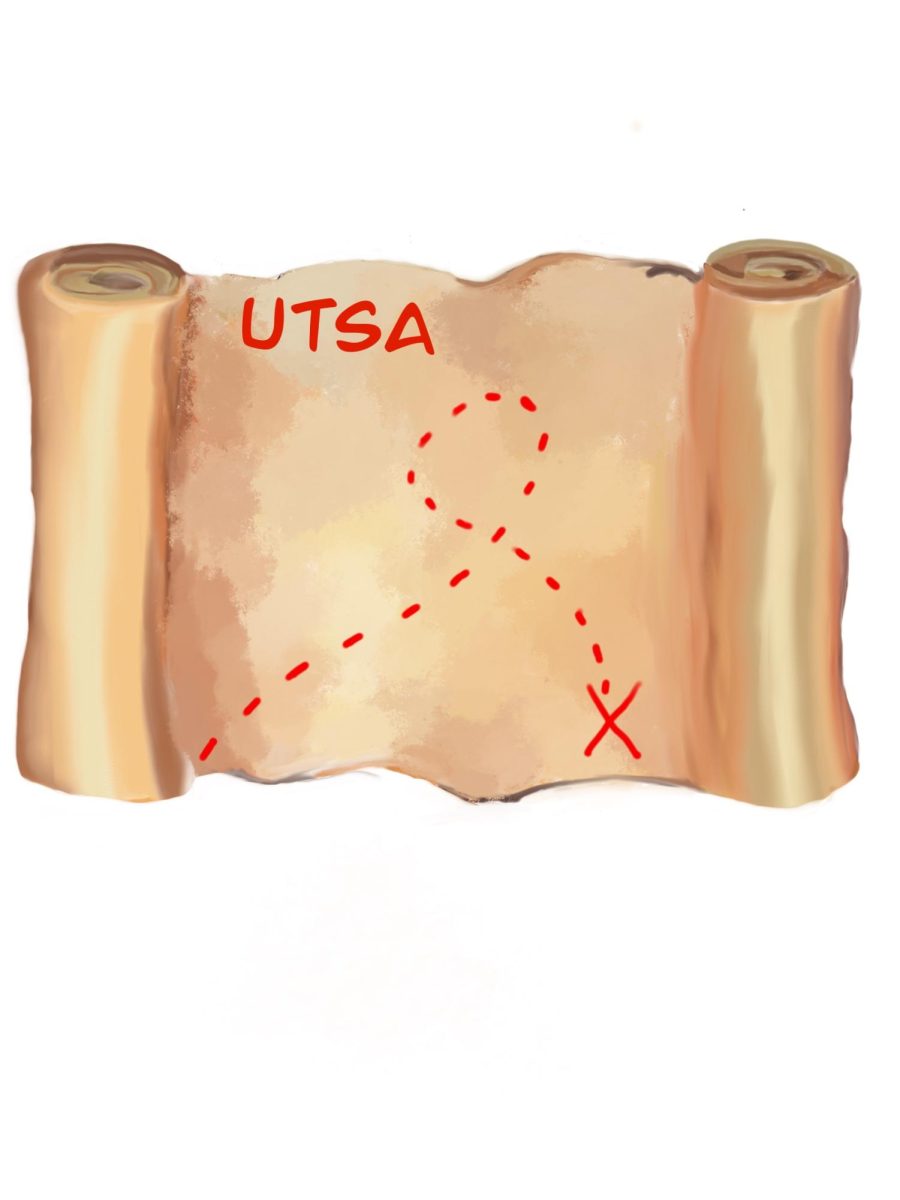
Photo Courtesy of The San Antonio Museum of Art
A series of lines, figures, and irregular shapes are painted on a canvas, and you can’t decide whether you are looking at a diamond or someone’s eyeball. It’s abstract art at it’s finest, and no one did it better than Pablo Picasso.
Nelson Rockefeller thought so as well, which is why the New York Governor and 41st Vice President took it upon himself to commission a series of tapestries to be woven in some of Picasso’s major works. Once only able to be seen in the basement of Rockefeller’s Kykuit mansion in New York, 14 of the 18 tapestries have made the trip to be hung in the newest exhibit at the San Antonio Museum of Art, “Nelson Rockefeller’s Picassos: Tapestries Commissioned for Kykuit,” through March 8.
Rockefeller’s interest in the tapestries piqued after purchasing one of Picasso’s most famous anti-war pieces “Guernica,” woven by French weaver Jacqueline de la Baume Dürrbach after the original painting had been deemed too fragile to travel by his estate. Commissioning Dürrbach for these series of tapestries, Rockefeller began the process of adapting the works in 1958. The project’s completion, almost two years after Picasso’s death in 1973, required approval directly by the artist himself.
Rockefeller’s original desire for the tapestries was to give other people the opportunity to observe and enjoy Picasso’s works, both figuratively and physically. Inside the exhibit, a person can stand in front of each hand-woven piece and fully appreciate the artistry of both Picasso’s original work as well as the intricate color differences and design choices taken by Dürrbach in adapting these pieces into larger-than-life murals.
Each wall of SAMA’s Cowden gallery is lined with Rockefeller’s tapestries depicting some of Picasso’s most famous works, those including works from his Cubist phase such as “Three Musicians” who’s striking palette of colors and asymmetrical lines enforce a busy yet tightly arranged image of its titular characters. The same could be said for “After Harlequin,” based off of Picasso’s mischievous alter-ego that has made appearances in other Picasso works.
Like any great artist, Picasso can confound his audience just as much as he can keep their attention. His original paintings like “After Night Fishing at Antibes” depict a variety of blue, green, and purple shades of color spread out amongst many depictions of cubist fishermen, one seen holding a distinct looking trident over a flopping fish, and other odd-looking onlookers passing by on the streets. Based off of Picasso’s own time watching night fishermen catch fish with their acetylene lamps, it’s one of his most confounding paintings to parse together and understand.
Thanks to the construction of the tapestries, however, it’s now easier than ever to stand back or sit on one of the benches that populate the gallery and observe not just the intent of Picasso and his vision, but the subtle differences and careful attention that go into each stitch of Dürrbach’s work that differentiates itself from the original piece.
The size of Dürrbach’s tapestries are both a source of pride and controversy among the community of people that surrounded Rockefeller’s project. Carol Uht, Rockefeller’s full-time art curator, was chosen to oversee the production of the tapestries yet was troubled by Dürrbach’s insistence upon the increasing size of the tapestries, who was paid by the amount of time spent on each piece.
Beyond just the tapestries, there are also a number of activities and exhibits that coincide with this special occasion. Towards the end of the Cowden gallery lies one of the actual looms that Dürrbach used to painstakingly recreate some of the large tapestries, as well as a usable interactive loom that both adults and kids can use to learn the process of weaving and it’s history amongst past generations of people.
Though Rockefeller died in 1979, he was able to achieve his goal of bringing Picasso’s work to a larger audience, and with the help of Dürrbach, Uht and Picasso himself at one point, bring the artistry of tapestry and weaving to a modern art world. Thanks to Rockefeller, we no longer have to go to a large metropolitan museum or city to learn about Picasso’s art. It’s right here in the heart of the city.











